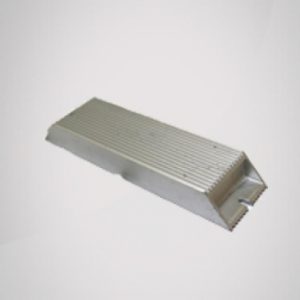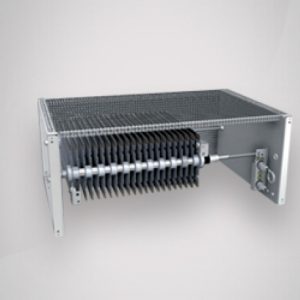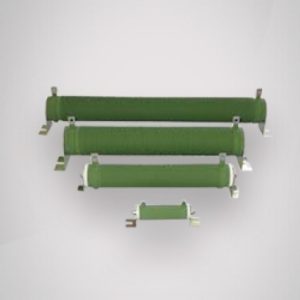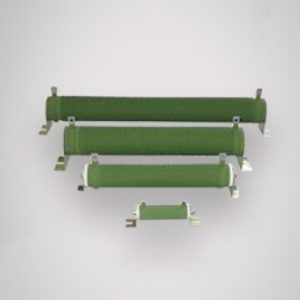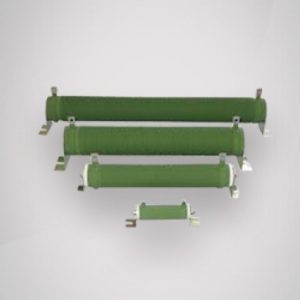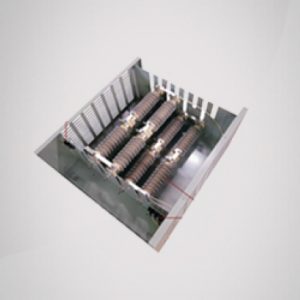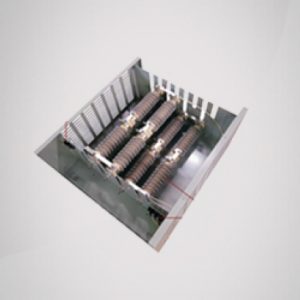Showing all 7 results
Resistance | Braking resistor
Brake resistors are used in motor systems in which the motor is controlled by a drive and helps to control the engine through a process called dynamic braking. The braking resistor operation in AC and DC motors is different. As the engine accelerates, electric energy is converted into mechanical energy, and in the negative acceleration, kinetic energy is converted through the motor to electrical energy, which should be eliminated. For the brake to be fast enough, this energy must be brought into a resistor and repelled in the form of heat. This action generates a brake on the system and therefore protects the motor drive electrical in a safety mode.
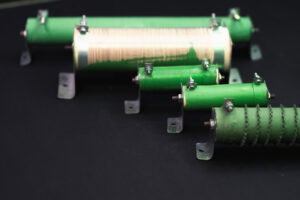
What is a brake resistor?
A brake resistor is used in motion systems where the motor is controlled by a drive and helps control the motor (charging resistance) through a process called dynamic braking. The function of a brake resistor is different in AC and DC motors.
When the motor accelerates, electrical energy is converted to mechanical energy, and during deceleration, kinetic energy is converted to electrical energy by the motor, which must be dissipated.
In order for the braking to be fast enough, this energy must be input to a resistor and dissipated as heat. This action creates a brake in the system and protects the motor drive electrical system in terms of safety.
Brake resistor for use in various types of electrical panels, inverters, these types of resistors are made of wire with an inner layer of ceramic and a zinc layer, which can be used with a refractory layer.
The brake resistor may be made of a copper-nickel or nickel-chromium wire, both of which have a wide temperature range. The number and type of windings vary depending on the required resistance.
The brake resistor is used to absorb the energy of the electric motor when it enters the generator mode. These resistors are also used in the DC Link motor drive. The brake resistor is usually active for short periods of time and converts the electrical energy generated by the brake into heat. The brake resistor (charging resistor) is also used in the inverter.
In fact, the brake resistor is a type of electrical resistance that is used in electronic systems such as inverters. The main function of this resistor is to dissipate excess electrical energy generated by electrical loads, which is converted into heat and prevents excessive voltage in the circuit.
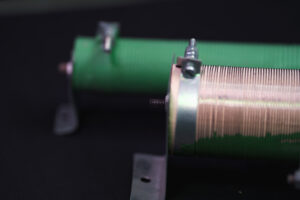
Function and Importance of Braking Resistor
When slowing down or stopping electric motors (especially induction motors and servomotors), the kinetic energy in the system must be dissipated in some way. In electric drive systems, this energy appears in the form of electricity generated by the motor (as a generator). If this energy is not dissipated properly, it can damage the electronic or mechanical components of the system. The braking resistor absorbs this excess energy and converts it into heat, which can be safely dissipated into the surrounding environment.
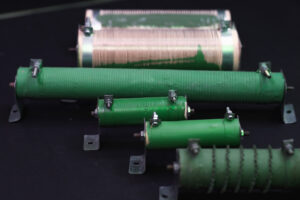
When an inverter converts electrical energy from direct current (DC) to alternating current (AC), electrical loads such as motors or other electrical devices consume energy, resulting in a large amount of energy being generated. If this generated energy is returned to the circuit in an uncontrolled manner, the voltage in the circuit may increase excessively, causing damage to electronic components.
The braking resistor converts this energy into heat by adjusting the resistance value and preventing the voltage in the circuit from increasing excessively. This function allows precise speed and stop control of electrical devices and maintains their safety and useful life. Below, we will explain the history of this device so that you can become more familiar with it.
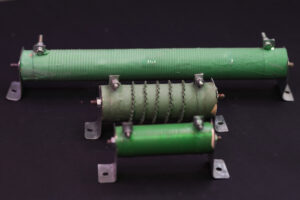
Inverter Brake Resistor Table
This table has been prepared according to the needs of users and with the efforts of experts to better select the inverter brake resistor in terms of ohms and watts.
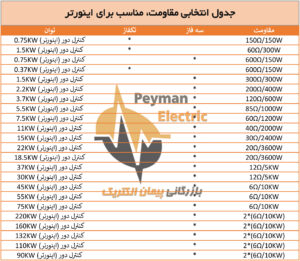
contact us on WhatsApp at 09890337892426.



